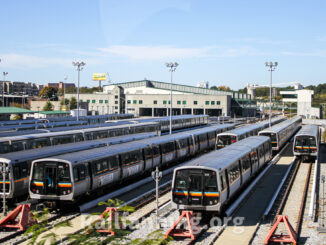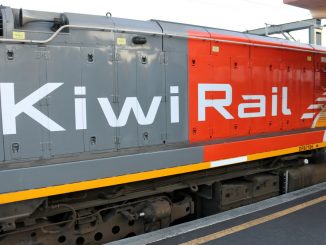KiwiRail and TrackSAFE NZ want motorists to take extra care as new research reveals more than three-quarters of significant vehicle collisions with trains occur in provincial towns and rural areas.
Over the last decade, 79 percent of crashes involving vehicles and trains at grade crossings resulting in death or serious injury were in provincial towns and rural areas with populations of less than 75,000. Roughly of these crashes occurred in the mornings, between 8 a.m. and mid-day.
The findings are from a study commissioned by TrackSAFE NZ and have prompted a new safety campaign being launched at Parliament warning people to be vigilant when crossing railway lines.
“Farmers and rural workers are over-represented in the statistics when it comes to serious-injury and fatal vehicle crashes,” KiwiRail Group Chief Executive Greg Miller said in a news release. “People in rural areas often start their day early. Crossing railway lines safely may not be at the forefront of everyone’s mind when starting a busy working day so we are giving people a literal wake-up call with early morning radio ads this week reminding them to be alert to trains.
“…We are seeing at least one vehicle collision on train lines around New Zealand every three weeks, and a near miss every few days,” Miller added. “Tragically, in the past 10 years 163 people have died on the rail network, 54 of those at level crossings. We don’t want to see another life lost.”
Officials note that while the campaign targets provincial New Zealand, it is a critical message for everyone.
TrackSAFE NZ Foundation Manager Megan Drayton says that while the number of collisions with vehicles at public level crossings is declining, there is no room for complacency.
“In the 12 months to June, KiwiRail recorded 31 collisions with trains on the national network, 17 involving vehicles and 14 involving pedestrians,” Drayton said. “Of these, 12 occurred at level crossings on public roads, most of which had flashing lights, bells or barrier arms installed.”
It is not only people at risk in the rail corridor. In the past 12 months, KiwiRail locomotive engineers have recorded 65 incidents of hitting livestock, usually with catastrophic consequences for the animals.




